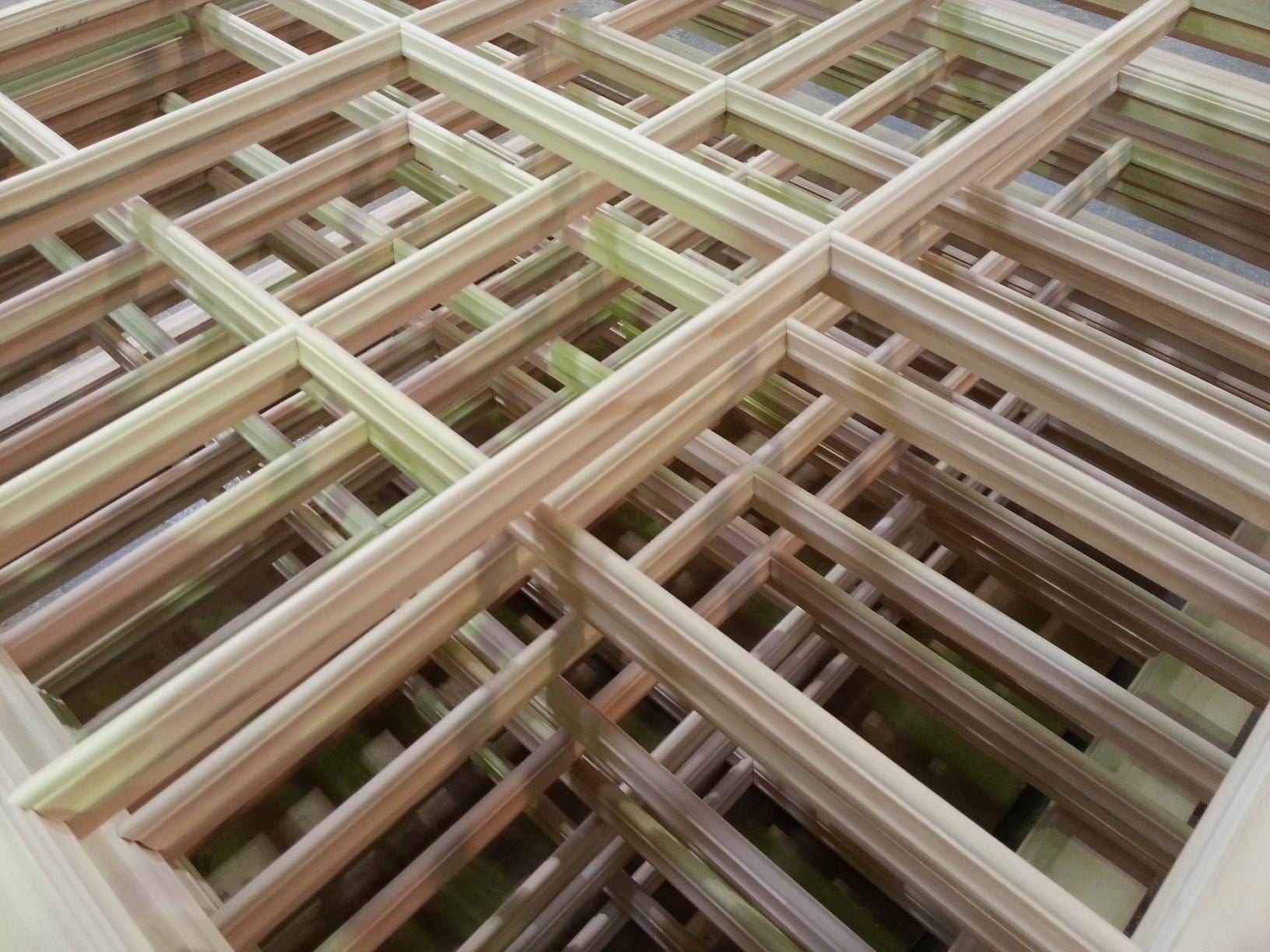What is the best wood for window frames?
When replacing your windows, wooden frames are a great choice for both their appearance, efficiency and durability. But with so many different choices it’s difficult to know which is the best wood for window frames. In this post we break down the types of wood that are widely used and simplify the differences to make your choice a little easier.
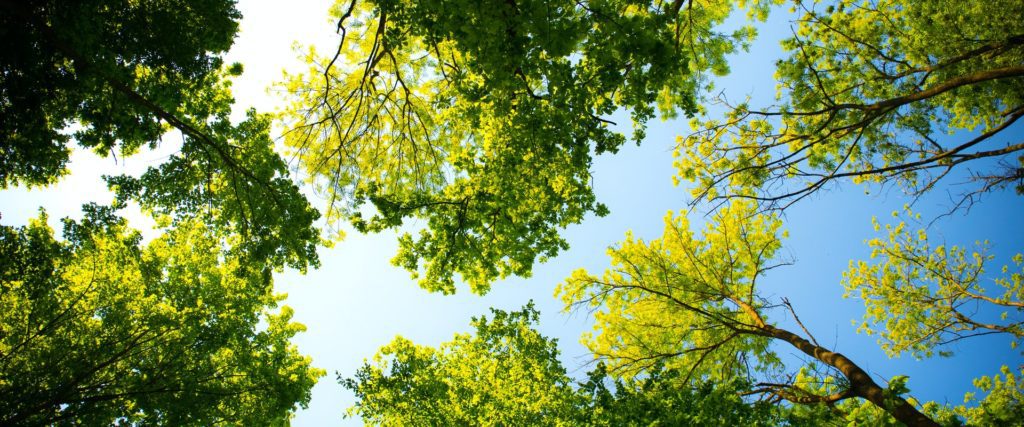
Hardwoods and Softwoods
The first thing you need to understand is that timber is divided into two categories – hardwood and softwood. This categorisation is a great example of how confusing the choice of woods really is. Despite the apparently self explanatory and distinct naming system, it comes as no surprise to find that some hardwoods are softer than softwoods. Even worse, some softwoods are harder than hard woods.
Even the largest timber retailers in the UK can’t seem to clarify the difference between hardwood and softwood – according to the Arnold Laver website:-
‘Hardwoods generally offer a superior level of strength and durability’ and is considered ‘the ultimate versatile material’.
Yet at the same time ‘softwood is renowned for its versatility and strength’.
This simple explanation is getting more and more like a Lewis Carroll poem!
Here’s the definitive explanation of Hardwood vs Softwood
The difference between hard and soft wood is at a cellular level. Hardwood has a complex cellular structure that makes it very dense. Traditionally it has been used to make everything from musical instruments to boats. Typical examples of hardwoods are Oak, Ash, Beech and Mahogany.
Hardwoods take longer to grow and are generally more expensive than soft woods, though not necessarily superior. Hardwoods are popular for their aesthetic appeal – imagine the fine grains of Mahogany and Walnut furniture.
Softwoods are fast growing and are the most sustainable of the two sources. Cedar, fir and pine are some of the most popular softwoods used in construction, being cheaper and more readily available.
There is very little to choose from between the two – until we discover a recently emerged third category.
Treated Softwood
This is softwood that has been through a chemical treatment process to increase its strength, durability and weatherproofing. It even has certain insect repellent properties. Even though it has been through a chemical treatment, the acetylation process that changes the cellular structure of the wood there is no poison or health risk in the final product. It comes from sustainable sources and the increased lifespan the treatment gives the wood means it will be a long time before it will need to be replaced.
Accoya® is a great example of of a treated softwood. Grown from Radiata Pine (no, there isn’t an Accoya tree) and treated at a plant in the Netherlands, it gives unprecedented levels of durability and thermal efficiency. It’s strength enhanced water resistance makes it the perfect choice for, well, just about anything.
So here without further ado are our top 3 woods for window frames
3. Oak
| Price | 4/10 |
| Sustainability | 4/10 |
| Durability | 8/10 |
| Aesthetics | 9/10 |
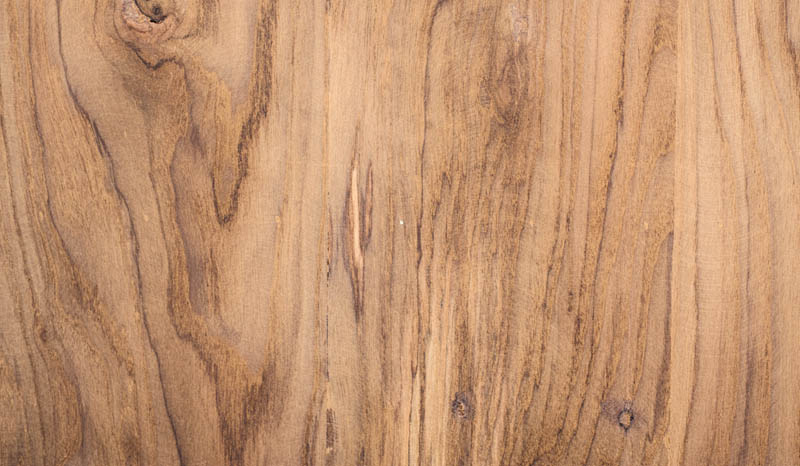
The number three spot is taken by the old English favourite – Oak.
This enduring hardwood has been the timber of choice for centuries – in fact some of the earliest window frames were built from oak.
Oak has great dimensional stability. It is an excellent thermal and acoustic insulator, and it looks fantastic. Well suited to traditional properties and heritage projects, it is a timber of nostalgia here in England.
However, it takes a long time to grow Oak, and it’s difficult to provide in large quantities, so expect the price to be higher.
2 – Red Grandis
| Price | 6/10 |
| Sustainability | 8/10 |
| Durability | 8/10 |
| Aesthetics | 7/10 |
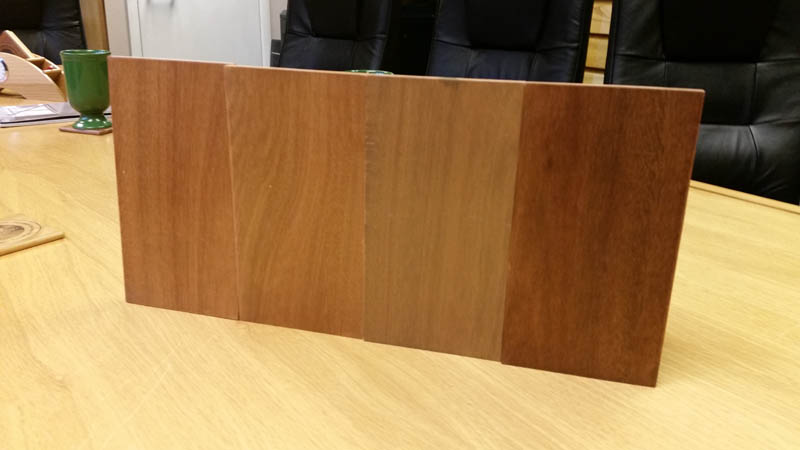
Grown in South America, Red Gradis is a member of the Eucalyptus family. A fast growing hardwood from FSC Certified plantations that not only ensure it is environmentally friendly, but also that the workers receive a decent livelihood. The downside though is that the land has to be cleared to make way for the plantations, which has an impact on the local environment although the plantations themselves provide good source of income for local inhabitants to reduce the temptation for illegal logging.
That aside, Red Gradis is a superb material for making windows and doors. Durable and easily machined, it looks good and will last a lifetime due to its stability – it is less likely to warp.
Whichever way you look at it – Red Grandis is an excellent choice for your window frames.
1 – Accoya®
| Price | 8/10 |
| Sustainability | 9.5/10 |
| Durability | 9/10 |
| Aesthetics | 7/10 |
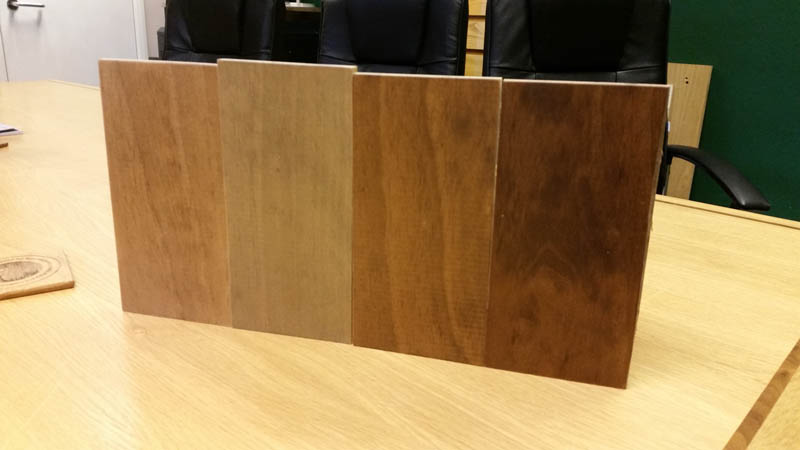
In our opinion an almost perfect choice. Accoya® is a treated softwood grown from sustainable sources and offers unparalleled levels of durability, stability and insulation. Even without the use of preservatives Accoya® will outperform and outlast most tropical hardwoods.
It is Cradle to Cradle Gold Certified with a 50 year above ground warranty. This short growing time and extended life span means that the plantations have enough time to regenerate to logging maturity reducing the need for more sources.
All this makes Accoya® our number one answer to the question “what is the best wood for window frames?”.

